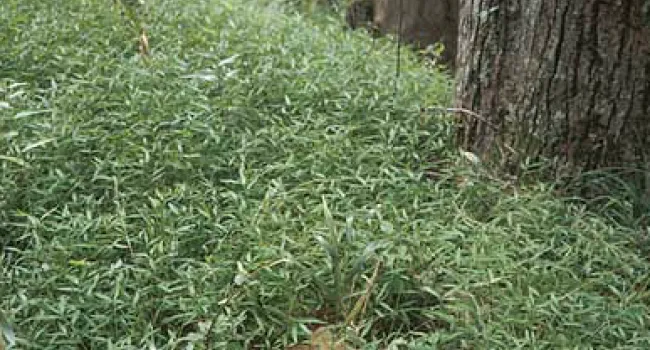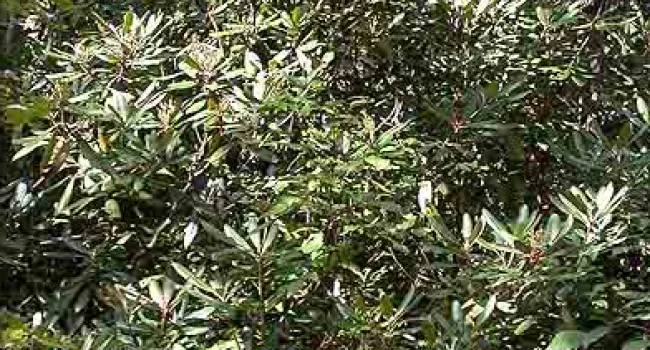
Photo
The defense compounds of plants generally provide protection from many, but not all, herbivores. Over time, one or more herbivores may
Take a virtual field trip to a South Carolina cove forest and a salt marsh. These virtual field trips were produced in collaboration between Clemson University's SC LIFE Project and South Carolina ETV. The virtual field trips were designed specifically for schools lacking easy access to natural areas.
The SC LIFE Project, supported by an award to Clemson University from the Howard Hughes Medical Institute Undergraduate Science Education Program, uses the natural history of South Carolina (and the Southeast) to illustrate basic biological concepts and to stimulate inquiry-based learning. The SC LIFE Program serves elementary, middle and high school students and teachers. The target grade level of the SC LIFE Virtual Field Trips content is middle school.
SC LIFE materials are available for use only in non-profit educational activities. Any other uses, including activities involving fees for instruction and/or materials, must receive permission from the SC LIFE Project Director. Contact SC LIFE Project Office, 132 Long Hall, Clemson, SC 29634, 864-656-4224, with questions about any of our SC LIFE materials or programs.

Photo
The defense compounds of plants generally provide protection from many, but not all, herbivores. Over time, one or more herbivores may
Photo
Seeds of this plant were apparently introduced from Asia into Tennessee in the early 1900s via packing material. The plant escaped and has now spread into forests throughout the eastern United States...
Photo
The fruits produced by oaks (acorns) are an extremely important food source for mammals, such as squirrels, deer and black bear. Because acorns are rich in carbohydrates and proteins, populations of...
Photo
Shrubs are woody plants that have several stems and are generally shorter than trees. In ravines and along creeks, shrubs such as rosebay rhododendron from dense thickets. In other areas, shrubs may...
Photo
Leaves often show signs of some damage by herbivores, but only rarely are most or all of the leaves on a given plant eaten. As a result, green leafy plant tissues is abundant in cove forests during...
Photo
Flowering dogwood is an ecologically important understory tree in eastern forests. Today, large numbers of flowering dogwoods are dying due to an introduced parasitic fungus that causes dogwood...
Photo
In late summer and fall, squirrels collect and bury large numbers of newly ripened acorns. Many of these acorns are later recovered and eaten. Others, however, go undiscovered and can germinate and...
Photo
Herbaceous plants, or herbs for short, are green plants that have soft rather than woody stems. Most wildflowers and grasses are herbs, as are ferns and mosses.
Photo
Herbaceous plants of cove forests, such as violets, trilliums and bloodroots (as well as many others), have ant-dispersed seeds. Such seeds have a small lipid-rich food body attached to the seed. Ants...
Photo
The forest floor functions as a wastebasket for all the layers above it. Materials accumulate most rapidly in the fall as the dead leaves of deciduous species fall to the ground. However, a steady...